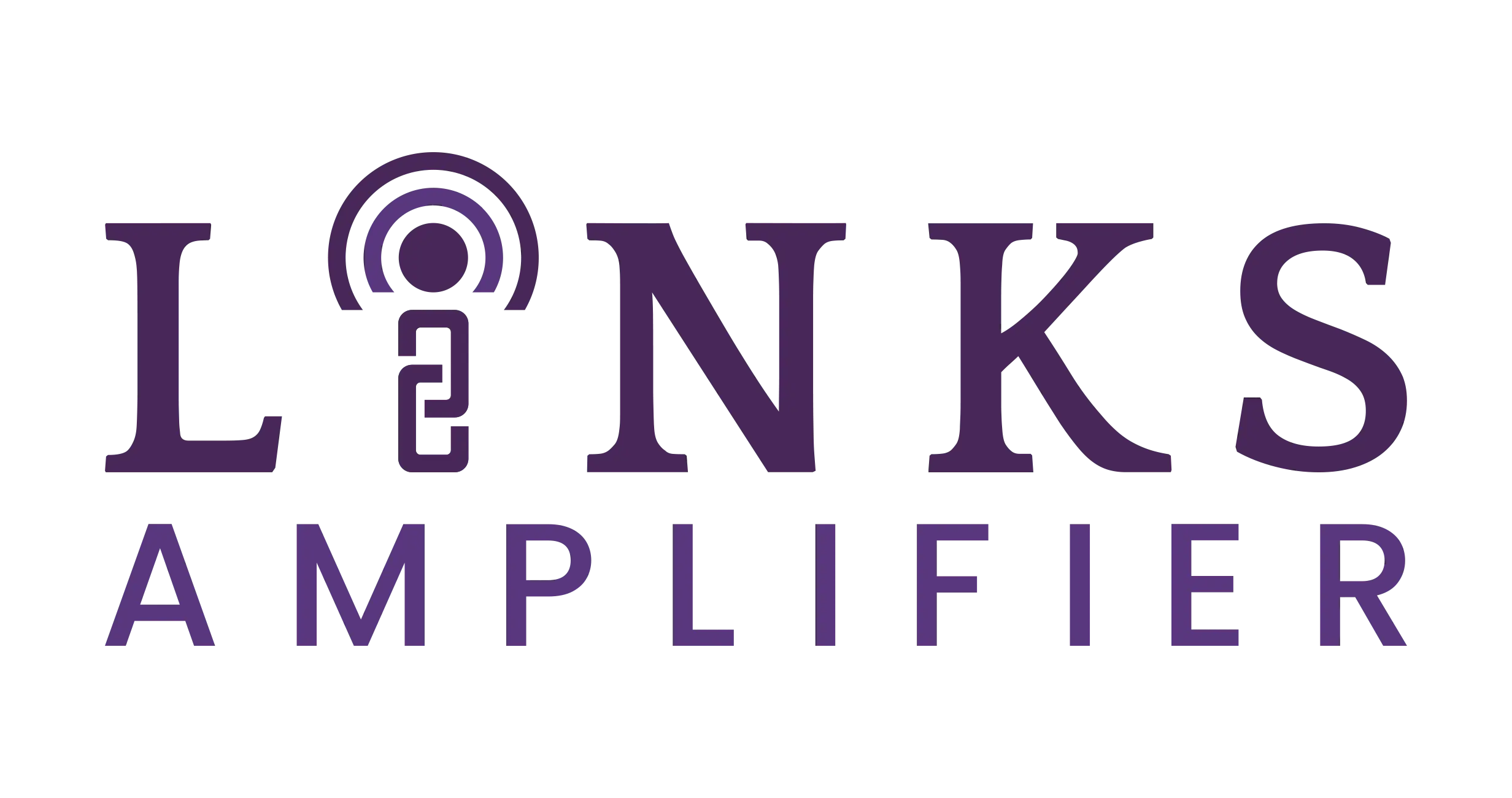On-page SEO is crucial in making a website more attractive to users and search engines. When a site is optimized with relevant keywords, user-friendly navigation, and high-quality content, it enhances visibility and engagement. This, in turn, significantly improves link-building efforts by encouraging other websites to link back to well-structured and valuable content.
Effective on-page SEO establishes authority and trustworthiness, making it easier for readers and other site owners to find and reference helpful information. A well-optimized webpage ranks better in search results and offers compelling reasons for users to share and link to it. By focusing on elements such as meta tags, headings, and internal links, site owners can create a strong foundation for attracting backlinks.
Investing time in on-page SEO is essential for anyone looking to enhance their online presence. As sites gain traction and build credibility in their niche, obtaining quality links becomes a more attainable goal. This synergy between strong on-page techniques and link-building strategies is key to achieving lasting online success.
Significance of On-Page SEO for Link Building
On-page SEO is no longer just about appeasing search engine algorithms—it is now a cornerstone of a successful content strategy that directly influences how others perceive and link to your site. From the structure of your HTML to the way you craft your content, every element can contribute to your site’s link-worthiness.
Understanding On-Page SEO
On-page SEO encompasses various techniques for optimizing individual web pages. Elements like keyword usage, meta tags, headings, and content structure directly influence search engine rankings.
Key components include:
- Title Tags: These should incorporate target keywords and provide clear context for both users and search engines.
- Meta Descriptions: Engaging, keyword-rich descriptions encourage click-throughs from search result pages.
- Header Tags (H1, H2, H3, etc.): Properly used headers improve readability and help structure content logically.
- URL Structure: Clean and keyword-rich URLs are more manageable for search engines to crawl and for users to remember.
- Image Optimization: Using relevant file names and alt text improves accessibility and can attract backlinks through image searches.
These factors enhance the site’s visibility, making it easier for potential linkers to find valuable content to cite.
Role of On-Page SEO in Link Acquisition
Effectively implementing on-page SEO significantly boosts link acquisition. High-quality content is more likely to attract backlinks from other websites, as it provides value to readers. The following strategies can enhance linkability:
- Content Quality: Well-researched, informative articles serve as reference material and increase the likelihood of earning organic backlinks.
- Internal Linking: Linking to other relevant pages on your site demonstrates site structure and helps distribute link equity.
- User Experience (UX): A well-optimized site that loads quickly, is mobile-friendly, and offers intuitive navigation keeps visitors engaged, increasing the likelihood that they will share or link to it.
- Topical Authority: Producing multiple pieces of content around a specific topic improves your chances of becoming a go-to resource within your niche.
By focusing on these factors, websites improve their search visibility and strengthen their potential for obtaining inbound links.
Optimizing Content for Better Linkability
Creating content with linkability in mind involves multiple strategies. Optimizing for shareability, keyword placement, and compelling metadata can significantly enhance the potential for acquiring backlinks.
Creating High-Quality, Shareable Content
High-quality content serves as a foundation for link building. To achieve shareability, content must be informative, engaging, and relevant. This includes:
- In-depth Guides and Tutorials: Comprehensive resources that answer user queries are more likely to be cited and shared.
- Case Studies and Original Research: Unique data and insights provide valuable information others may want to reference.
- Listicles and Curated Resources: Well-organized lists are often bookmarked and shared across platforms.
- Visual Assets: Infographics, charts, and explainer videos increase time on page and enhance backlink potential.
Encouraging user-generated content—such as reviews, comments, or guest submissions—also fosters a community around the topic, further enhancing shareability. Promoting content through social media, email newsletters, and syndication amplifies its reach. The broader the exposure, the higher the chances of attracting backlinks.
Strategic Placement of Keywords
Strategically placing keywords enhances the relevance of content for both users and search engines. This involves:
- Identifying Primary and Secondary Keywords: Aligning with user intent and optimizing for related phrases.
- Using Keywords in Headers: Helps organize content and makes it easier to scan.
- Embedding Keywords Naturally: Incorporating keywords without disrupting readability is essential.
- Optimizing Anchor Text: Using contextually relevant anchor text for internal and external links improves SEO outcomes and link relevance.
Overstuffing keywords can lead to penalties, so balance and context are key. Tools like Google Keyword Planner, Ahrefs, and SEMrush can assist in identifying effective keywords.
The Importance of Compelling Meta Descriptions
Meta descriptions play a crucial role in improving click-through rates (CTR). While they don’t directly impact rankings, they influence user behavior. A well-crafted description should:
- Be concise, ideally between 150-160 characters.
- Include target keywords naturally.
- Align with the page’s content to reduce bounce rates.
- Encourage clicks by addressing a user’s query or pain point.
Avoid misleading or clickbait descriptions, which can lead to negative user experiences and damage credibility.
Technical SEO Elements that Affect Link Building
Technical SEO is critical in making a website more appealing for link building. Key elements, such as site structure and page load speed, significantly influence both user experience and search engine performance.
Enhancing Site Structure and Navigation
A well-structured site enhances user experience and aids search engines in indexing content. Clear, logical navigation allows visitors to find relevant pages quickly, encouraging longer visits and lowering bounce rates.
- Silo Structure: Grouping similar content together improves topical relevance and internal linking.
- Breadcrumb Navigation: Helps users and search engines understand page hierarchy.
- Schema Markup: Provides additional context for search engines and can enhance appearance in SERPs.
- Sitemap.xml and Robots.txt: Ensure your site is crawlable and structured appropriately.
These strategies contribute to higher-quality backlinks, as other sites value well-organized and authoritative content.
Optimizing Page Load Speed
Page load speed is crucial for both user retention and SEO rankings. According to Google, the probability of bounce increases by 32% as page load time goes from 1 to 3 seconds.
To optimize speed:
- Minimize HTTP Requests: Reduce the number of elements on a page.
- Use Compression: Tools like Gzip can reduce file sizes.
- Enable Browser Caching: Improves load times for returning visitors.
- Optimize Images: Use proper formats and compression.
- Implement CDNs: Distribute content across various locations to reduce latency.
A fast-loading site retains visitors and attracts more backlinks, as users and publishers prefer linking to reliable and efficient resources.
Bridging the Gap Between On-Page SEO and Off-Page Success
While link building is often seen as an off-page SEO tactic, its effectiveness is deeply rooted in the quality of your on-page SEO. When your website delivers value, structure, and performance, it becomes a magnet for natural backlinks. In turn, these backlinks further boost your domain authority, creating a growth feedback loop.
Modern marketers are beginning to look at on-page and off-page SEO not as separate disciplines but as interdependent strategies. Backlinks earned from solid on-page execution last longer, are more relevant, and typically stem from more credible sources.
Proactively addressing on-page opportunities—like enriching your content, optimizing for mobile, and ensuring fast load times—you pave the way for organic links. This approach is more sustainable than chasing links through outreach alone.
Emerging Trends in On-Page SEO for Link Building in 2025
The SEO landscape is evolving rapidly, and keeping up with the latest trends is essential for maximizing your link-building efforts. Here are 10 emerging trends shaping on-page SEO in 2025:
1. AI-Generated Content Optimization
With the rise of AI-assisted content, ensuring human oversight, originality, and alignment with E-E-A-T (Experience, Expertise, Authoritativeness, and Trustworthiness) is more important than ever.
2. Voice Search Optimization
Incorporating natural language queries and question-based headings enhances discoverability and links from voice-search-friendly platforms.
3. Passage Indexing
Google can now rank specific passages within a page. Structuring content with clear subheadings and concise answers improves the chances of being linked directly.
4. Semantic SEO and Topic Clustering
Creating content hubs around related topics builds authority and improves internal linking opportunities, which indirectly supports external backlink acquisition.
5. Experience-Centric Design
UX signals such as Core Web Vitals continue to be a ranking factor. A smoother on-page experience leads to higher engagement and, in turn, more backlinks.
6. Interactive Content Elements
Adding interactive features like quizzes, tools, or calculators boosts user engagement and increases the chance of earning backlinks from those referencing your content.
7. Zero-Click Search Optimization
Optimizing for featured snippets and other SERP features helps gain visibility and links even when users don’t click through.
8. Structured Data Expansion
Using more specific schema types helps your content stand out in rich results, encouraging citations and backlinks.
9. Multilingual and Localized Content
Creating content tailored to different languages and regions expands your reach and backlink potential across geographic markets.
10. Accessibility as an SEO Factor
Ensuring your site meets accessibility standards not only broadens your audience but also aligns with user-focused ranking factors, boosting your content’s linkability.
Conclusion
On-page SEO is a powerful lever that amplifies link-building success. By refining your site’s structure, optimizing content and metadata, and embracing modern SEO trends, you create a digital environment that is both attractive to users and link-worthy to others in your niche. As competition grows and search algorithms evolve, aligning your on-page strategy with link-building goals will be essential for long-term visibility, credibility, and traffic growth.

Jinky Oblianda is the founder of Links Amplifier Digital. She has been building links for businesses and helping agencies for years before slowly starting her own agency.


